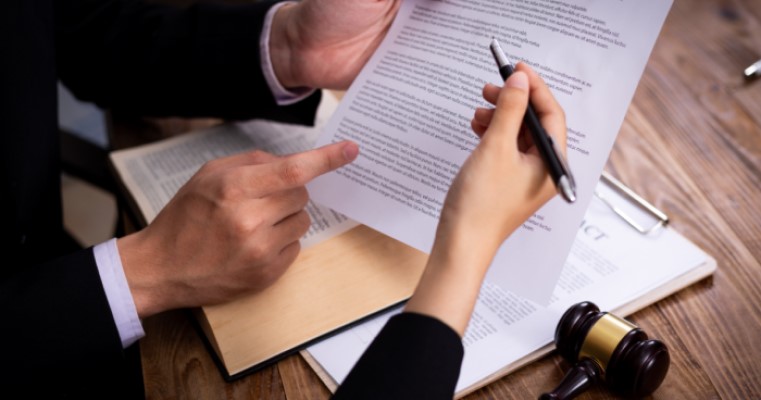Introduction
In cases of abuse, documentation plays a pivotal role in seeking justice and protection for the victims. Comprehensive and accurate evidence not only strengthens legal proceedings but also ensures that perpetrators are held accountable for their actions. This article aims to provide invaluable tips on gathering evidence effectively in abuse cases, empowering victims and advocates with the necessary tools to pursue justice.
Understanding the Importance of Documentation
Documentation serves as a critical tool in abuse cases, providing a factual account of events and circumstances. It acts as a compelling narrative that substantiates claims, assists law enforcement, and supports legal proceedings. Without proper documentation, cases may lack credibility, making it challenging to achieve justice.
Types of Evidence to Collect
- Physical Evidence: Photographs, medical reports, and forensic evidence are crucial in substantiating claims of physical abuse.
- Witness Testimonies: Statements from witnesses provide additional perspectives and corroborate the victim’s account.
- Digital Evidence: Text messages, emails, social media posts, and surveillance footage can serve as compelling evidence in cases of cyberbullying or online harassment.
- Documentation of Incidents: Keeping a detailed journal documenting incidents, including dates, times, and descriptions, strengthens the case’s timeline and credibility.
Effective Documentation Techniques
- Accuracy and Detail: Ensure that all documentation is accurate, detailed, and objective. Include specific dates, times, locations, and descriptions of incidents.
- Consistency: Maintain consistency in documenting events to avoid discrepancies that may undermine credibility.
- Secure Storage: Store documentation securely, whether in physical or digital form, to prevent tampering or loss.
- Chain of Custody: Maintain a clear chain of custody for physical evidence to ensure its admissibility in court.
- Professional Evaluation: Seek professional evaluation and documentation of injuries or psychological trauma to strengthen the case.
- Legal Assistance: Consult with legal experts to understand the admissibility requirements for different types of evidence and documentation.
Documentation is Key: Tips for Gathering Evidence in Abuse Cases
Gathering evidence is a meticulous process that requires diligence, sensitivity, and attention to detail. By following these tips, individuals can effectively document abuse cases, ensuring that perpetrators are held accountable and victims receive the justice and support they deserve.
Frequently Asked Questions (FAQs)
- How can I gather evidence discreetly?
- It’s essential to prioritize safety when gathering evidence discreetly. Use secure communication channels, such as encrypted messaging apps, and consider seeking support from trusted individuals or organizations.
- What should I do if I fear retaliation for documenting abuse?
- If you fear retaliation, prioritize your safety above all else. Seek support from local law enforcement, domestic violence shelters, or legal advocacy organizations who can provide guidance and resources to help you navigate the situation safely.
- Is it necessary to document every incident of abuse?
- While documenting every incident is ideal, prioritize your safety and well-being. Focus on documenting significant or recurring instances of abuse, but remember that even a few well-documented incidents can strengthen your case.
- Can I use past documentation as evidence in a current case?
- Yes, past documentation can serve as valuable evidence, especially if it demonstrates a pattern of abuse or establishes the credibility of your claims. Be sure to consult with legal experts to understand how best to utilize past documentation in your case.
- How should I handle digital evidence, such as text messages or social media posts?
- Preserve digital evidence by taking screenshots or saving relevant communications. Avoid altering or deleting any content, as doing so may compromise its admissibility in court. Seek guidance from legal experts on how to authenticate and present digital evidence effectively.
- What should I do if my documentation is challenged in court?
- If your documentation is challenged, remain calm and provide factual explanations for any discrepancies or inconsistencies. Having a legal advocate or expert witness testify to the validity and reliability of your documentation can bolster its credibility in court.
Conclusion
In the pursuit of justice for abuse victims, documentation emerges as a powerful tool that can tip the scales in favor of truth and accountability. By adhering to effective documentation techniques and seeking professional guidance, individuals can navigate the complexities of abuse cases with confidence and determination.





More Stories